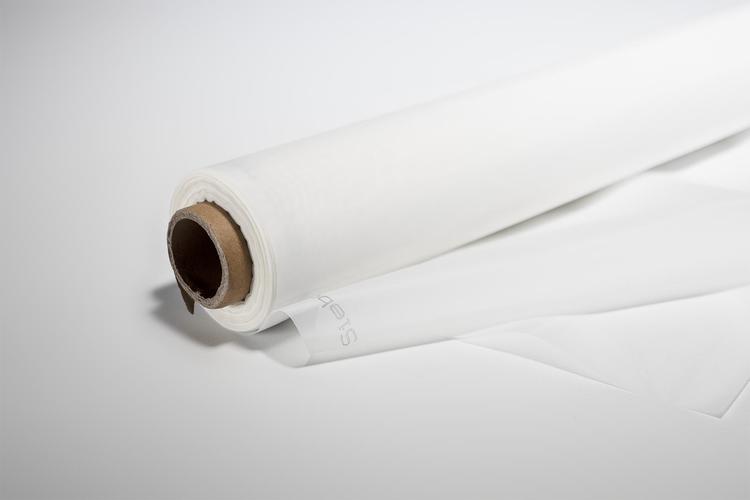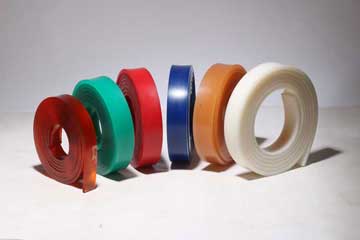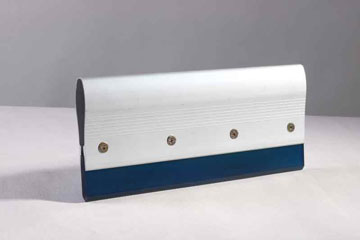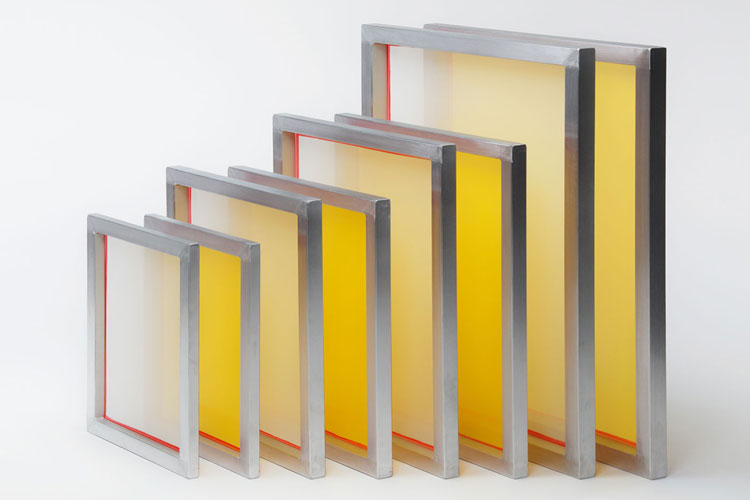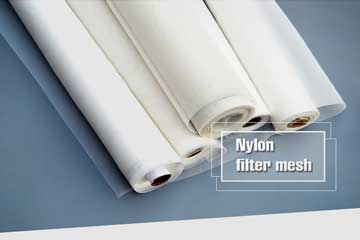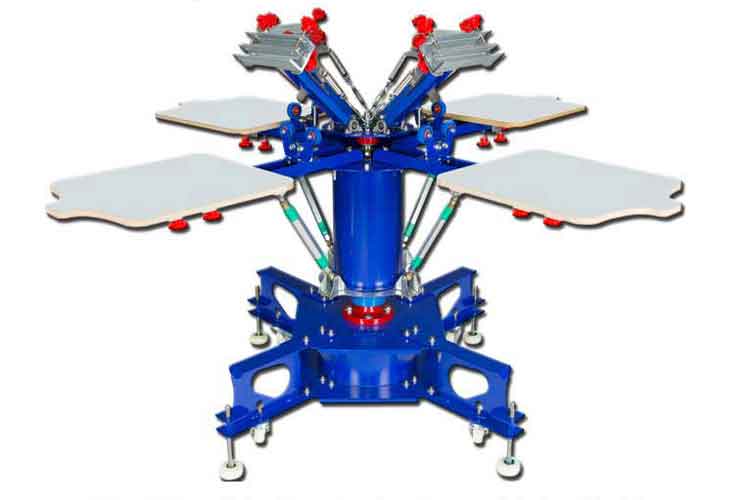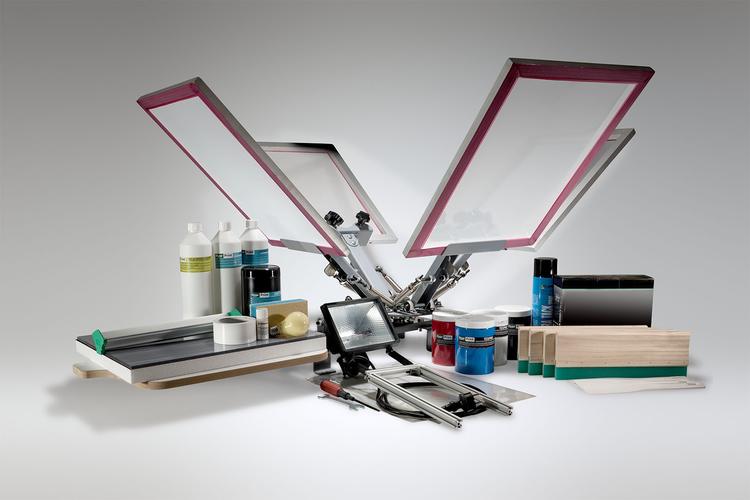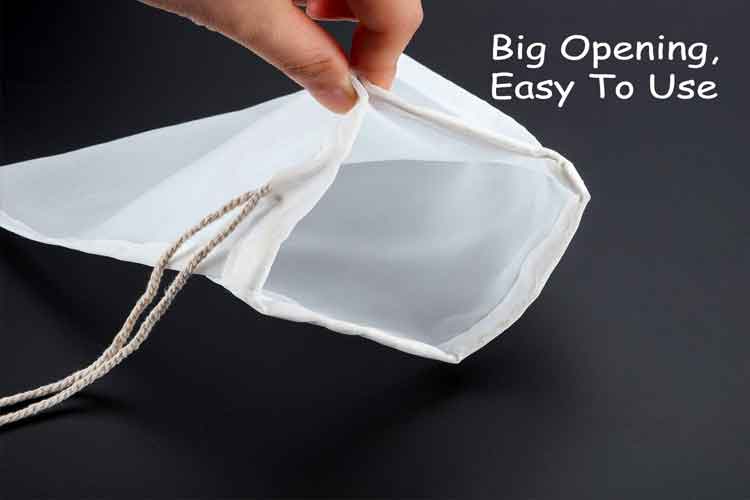Selecting Proper Mesh Count in Screen Printing
If you are relatively new to the screen printing process, determining screen mesh count can be a confusing and un-scientific process - often for more experienced printers it is considered more of an experienced art form. It is an important factor in d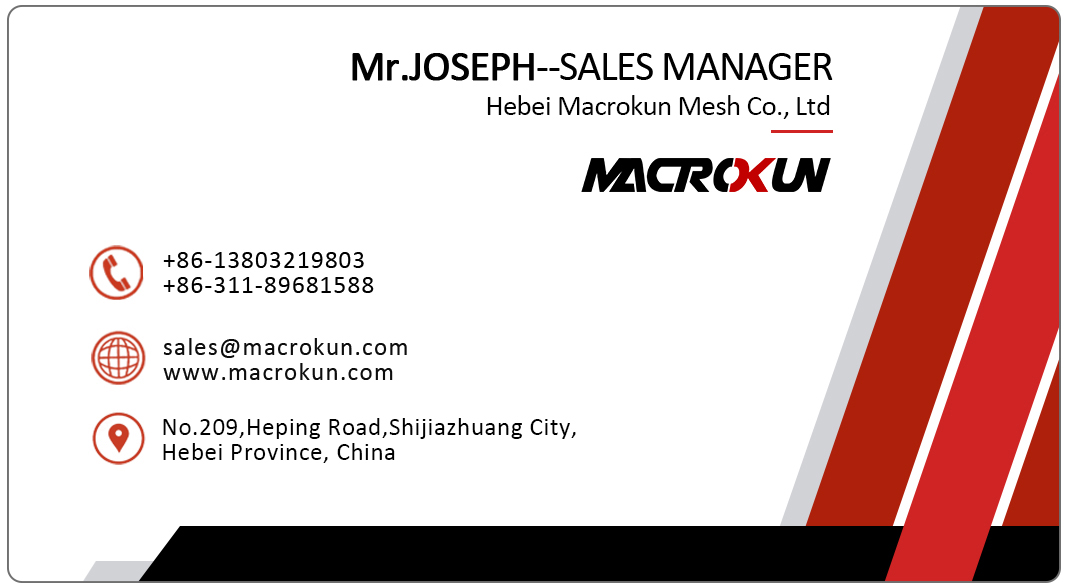
If you are relatively new to the screen printing process, determining screen mesh count can be a confusing and un-scientific process - often for more experienced printers it is considered more of an experienced art form. It is an important factor in determining the amount of screen printing ink that will be deposited as well as the amount of detail the screen can hold.
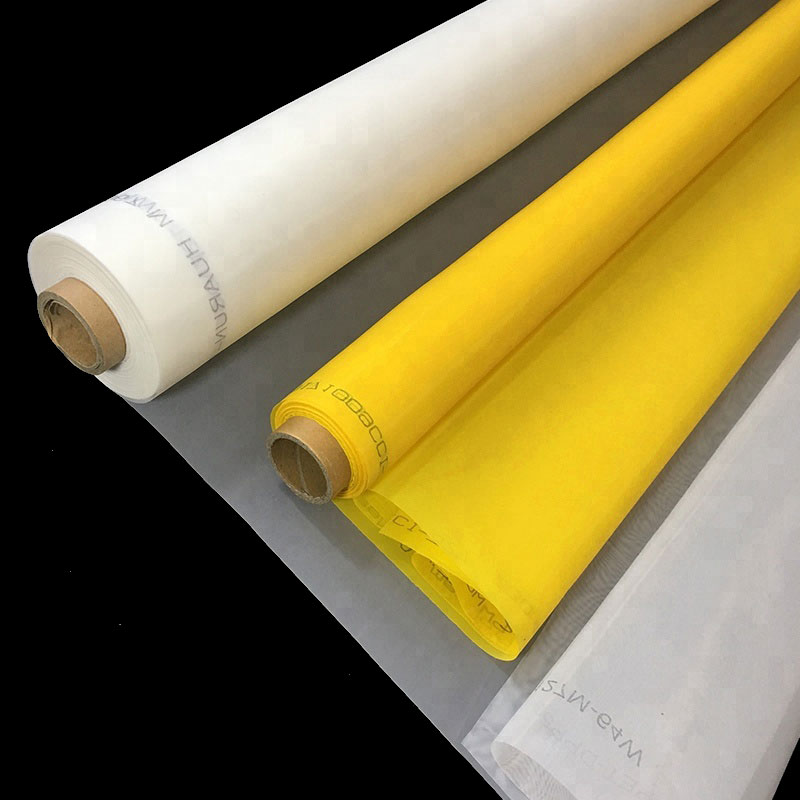
The mesh size is measured by how many threads there are per square inch. For Example, an 86 mesh screen has 86 threads per square inch. The higher the mesh count, the finer the holes are in the screen allowing finer detail but also reduces the amount of ink you can deposit. The size of the mesh has a lot to do with how thick the ink you are using is. How detailed your image is also a consideration in the mesh count selection.
If you have a design with extremely high detail, a lower mesh screen won't hold the fine lines or dots in the image and they will simply not show up causing a lack of detail in the finished product. On the other hand, if you are trying to print a thicker ink (such as white) through too high of a screen mesh, barely any ink will print through the mesh as the holes are too small. You may notice that different companies have slightly different sizes available. If the mesh count is fairly close, such as 156 vs 160, 196 vs 200, or 81 vs 86, the difference is so small that it doesn't matter because you won't see a significant difference in your final product.
There are many variables involved in silk screen printing so we certainly cannot tell you exactly what mesh sizes are used for all applications. However, the following is a general outline of what sizes to use for basic types of printing.
1. 40-61 mesh count - considered very course mesh counts. They are used for shimmer, glitters and high density inks. Shimmers and glitters have particles in them that wil not go through the finer screen meshes.
2. 86 mesh count - considered a course mesh and will provide a heavy ink deposit for high opacity. It is typically used for printing bold copy onto dark colored fabric. Typical use is a white underprint for an athletic look.
3. 110 mesh count - considered a medium course screen, it is by far the industries choice as the "do-it-all" mesh. Great for spot colors and text.
4. 156 mesh count - considered a medium screen mesh. It is commonly used for printing onto light colored fabrics with regular detail and medium ink deposit.
5. 200-240 mesh counts - considered a fine mesh count for printing onto white or light colored goods with a soft hand feel. Very good for high detail artwork. It can hold large halftone's but is not recommended for four color process prints or fine detail half tone printing.
6. 305 and higher mesh counts - considered very fine mesh counts is used for extremely high detail textile printing and fine halftone four color process and simulated process prints.
Tags: 0.1 micron filter bag 0.5 micron filter bag 1 micron filter bag 50 micron filter bag 25 micron filter bag 10 micron filter bag 1000 micron filter bag 5 micron filter bag micron filter bag micron filter bags 25 micron filter bags 100 micron filter bag 180 micron filter bag 250 micron filter bag 200 micron filter bag 200 micron filter bags 100 micron filter bags 1 micron filter bags micron filter bags near me 05 micron filter bag 30 micron filter bag 150 micron filter bag 10 micron filter bags 200 micron filter bag wholesale 0.1 micron filter bag wholesale 500 micron filter bag 400 micron filter bag 50 micron filter bag wholesale 400 micron filter bag wholesale 20 micron filter bag 0.1 micron filter bag factory in china 500 micron filter bag factory in china 20 micron filter bag wholesale 5 micron filter bag wholesale 250 micron filter bag factory in china 150 micron filter bag wholesale in china micron filter bag wholesale in china 190 micron filter bag 400 micron filter bag factory in china
Pre:Yellow Polyester Screen Printing Mesh For Automotive Glass Printing
Next:The right mesh count can go a long way towards producing the results you’re after.
Tags:
